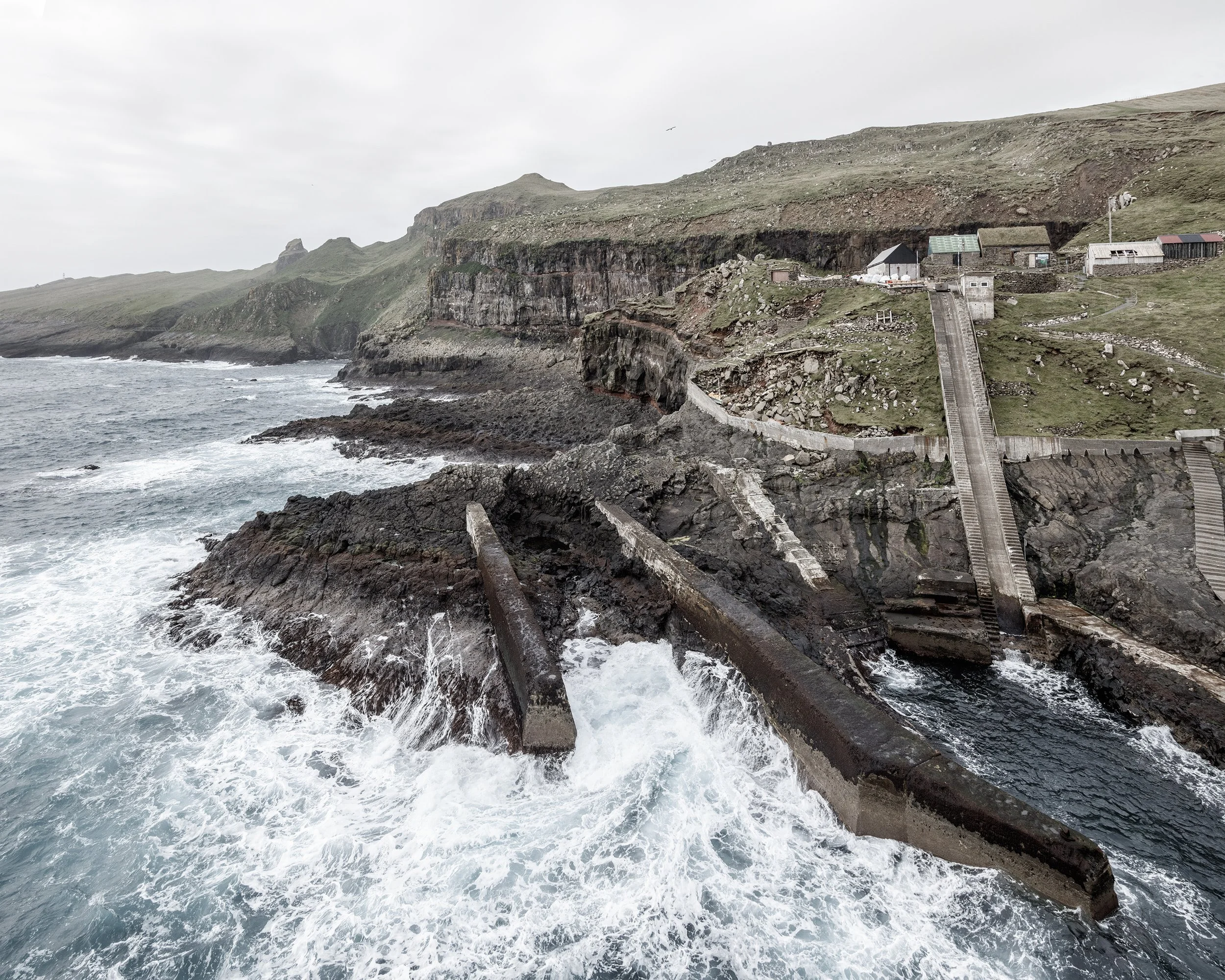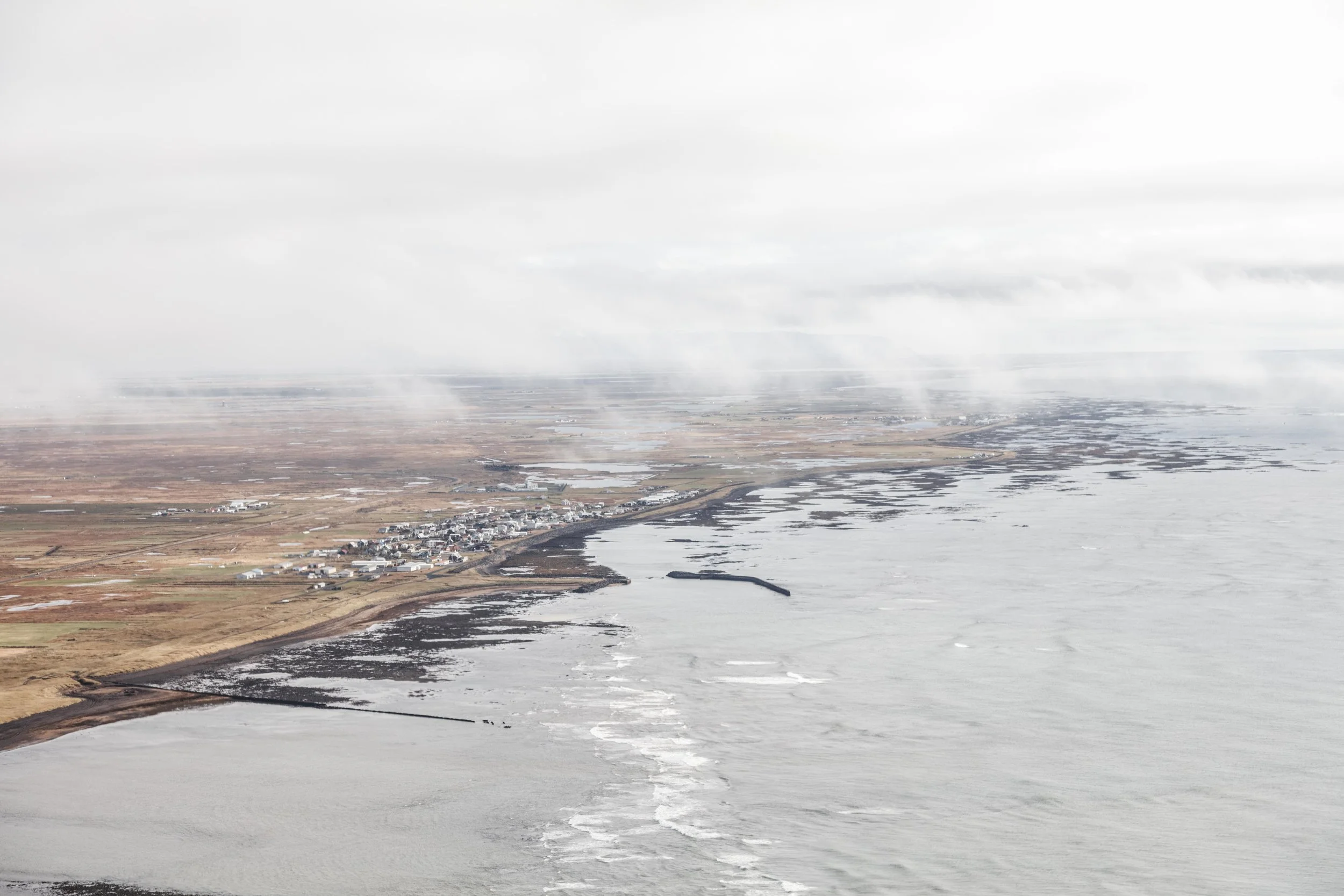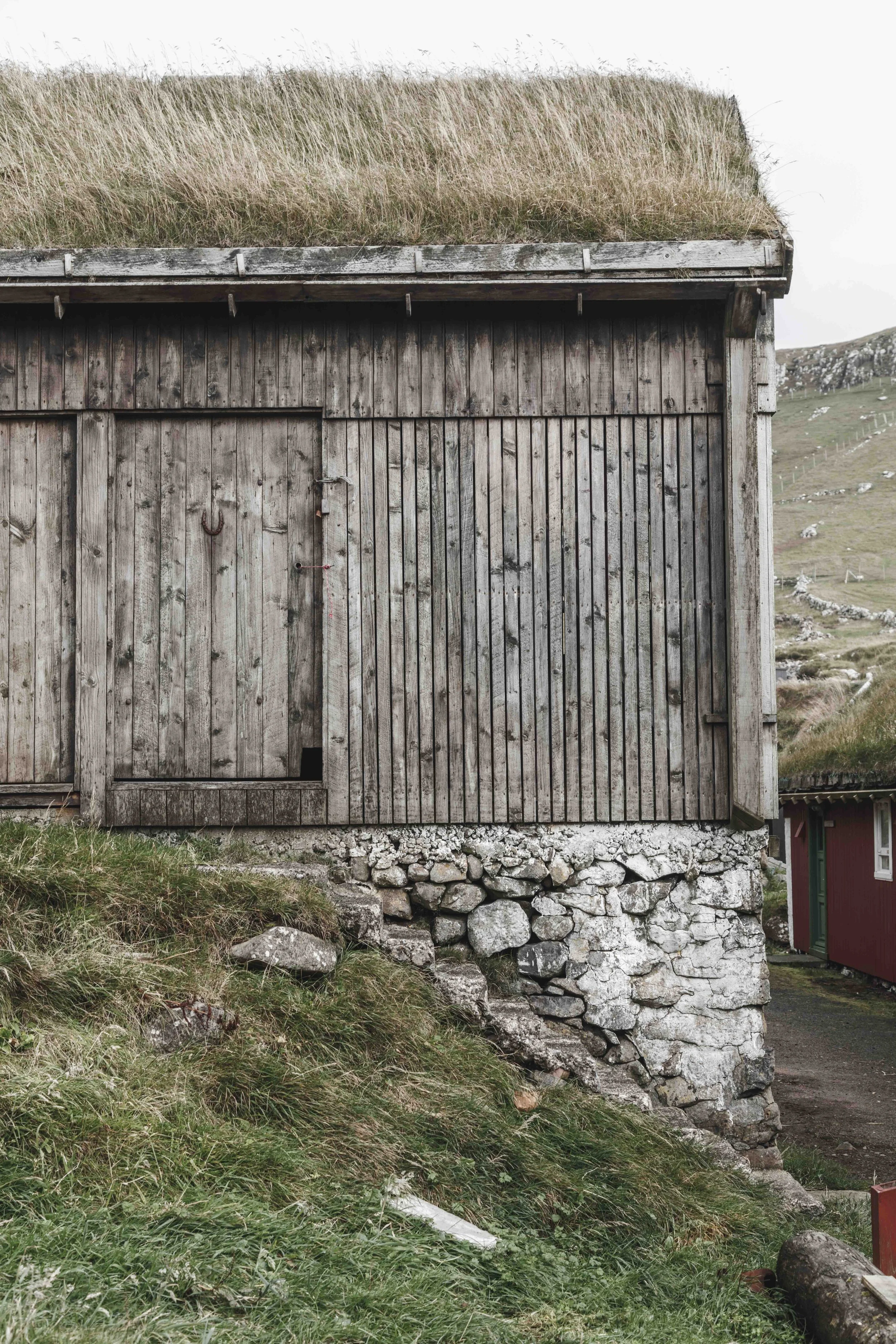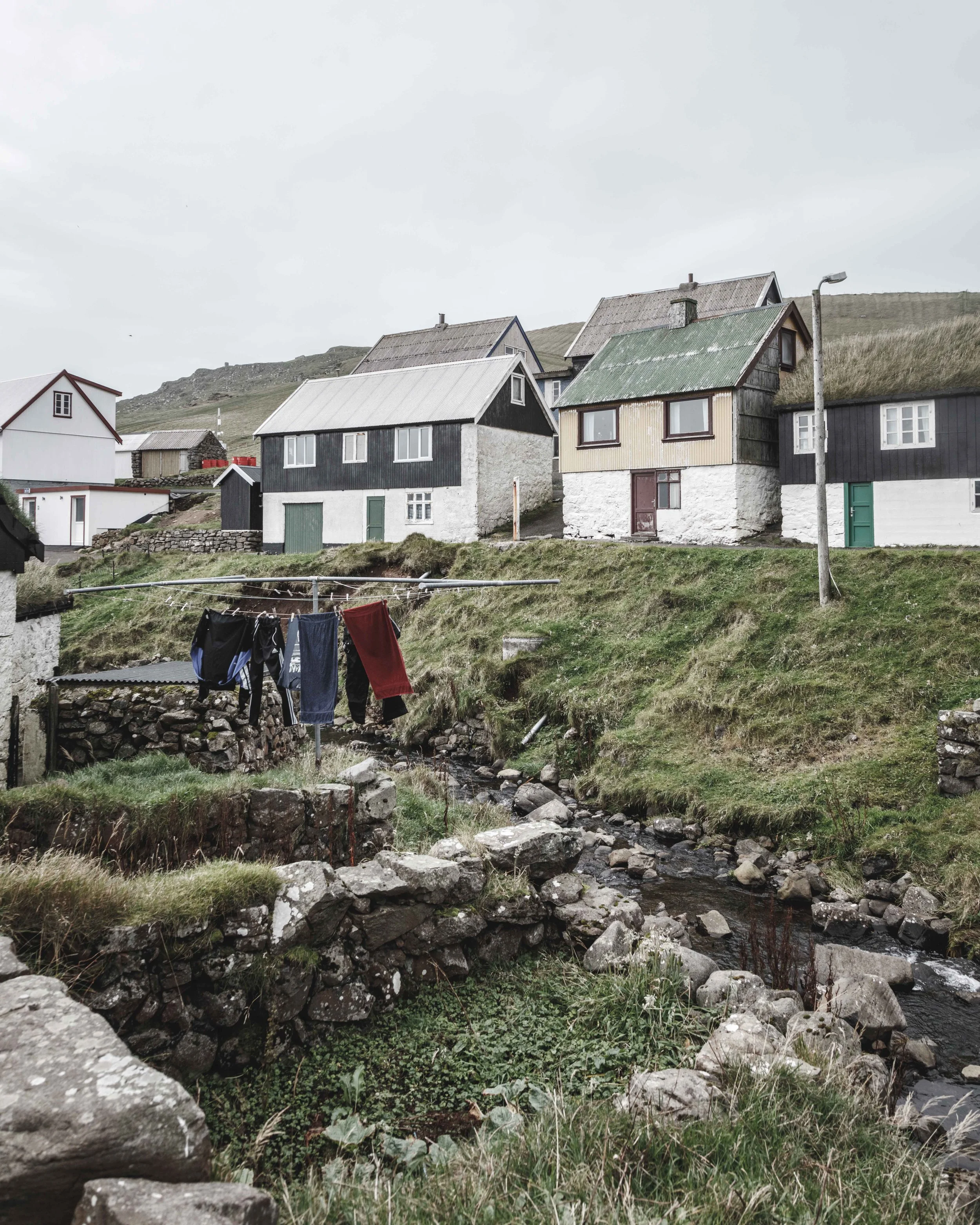COAST – Research APPROACh
COAST is the research brach of the studio. It engages in architecture and planning by spanning several media and over several scale levels - from close encounters to very large landscape spaces. This is done through a multifaceted artistic approach revolving mainly around photography.
COAST argues that the photograph is an important research tool in understanding and conveying the complexities and hidden qualities of architecture and the territories of our everyday. By re-positioning photography from typically being a supplement to the classical tools of mapping, to instead becoming an active mediator of the atmospheres and typologies that arise in the meeting between architecture and nature, COAST highlights the relevance of artistic communication in the articulation and development of novel architectural strategies.
Map of soil composition, Jutland, Denmark.
In the time of the Anthropocene, a geological epoch of humanity's co-creation, the distinction between what is natural and what is man-made has become increasingly vague as human and non-human actors redefine their natural habitats through increasingly complex networks of interactions. Landscapes perceived as natural are often constructs of humankind and what clearly is human-made is always rooted in a natural context; erasing the dichotomy between cultural and natural territories. A condition of territorial entanglement that creates a shift in how architectural and landscape-architectural strategies are both being formulated and communicated and thus how they are to be represented.
Mykines Harbour, Faroe Islands.
COAST argues that the aesthetic framing of both the objects and territory may help identify challenges and novel solutions relating to physical transformation processes in the intersection between architecture and the environment. The focus is primarily on the coastal territory mediating land and sea, where the forces of nature and urbanization are most extreme and where their entanglements are particularly relevant to dissect.
Collectively this constitutes the research approach for COAST.
Stokkseyri, Iceland (2015)
To engage with such entanglements COAST argues that an aesthetic framing of the coastal territories may aid in identifying and understanding such bodies of complexity and assist in characterizing the complex hybrids emerging in the intersection between architecture and the environment. A condition particularly interesting in the coastal territory where the urban fabric is superimposed dynamic landscapes, often disregarding the natural forces that remain to be the premise for human settlement; bringing to attention a lack of negotiation between dynamic territories and urban intervention. The studio operates in the frontier of this entanglement.
Mykines Village, Faroe Islands






